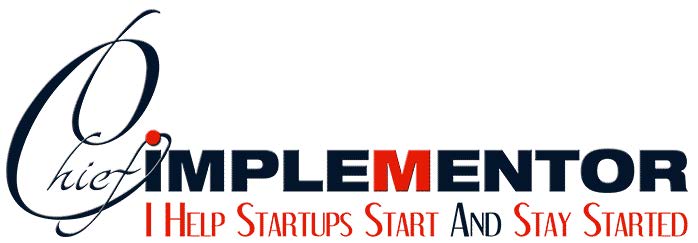Integrated Water Resource Management
The world is facing a water crisis that seriously affects production and living conditions, jeopardizing poverty reduction and sustainable development, particularly in poor countries of the world. In an increasing number of countries, water scarcity and deteriorating water quality have or will soon become critical factors limiting national economic development, expansion of food production and provision of basic health and hygiene services to the population. In these countries, limited water resources are managed poorly which results in inefficient use and deepens the water crisis there. The poor and marginalized groups in the society are often the most vulnerable to the water crisis. At the same time these groups have very limited means to improve their own situation through better management of the resources. Thus poor management of the water resources in some area has really affected social-economic activities there. However, these are issues associated with poor water management:
awareness and priority in political level is limited
Local government lacks the capacity to manage water resources.
In appropriate pricing structure.
Investment in water sector is low
Lack of data.
Institutional framework is rooted in centralized culture
This issue poses such challenges as
Meeting the basic water supply needs of the society.
Risk management, Conserving and protecting the eco-system.
Securing adequate food supply.
This has lead several countries into implementing integrated water resources management process as envisaged by international community during the world summit on sustainable development in Johannesburg 2002.
Uganda and Burkina Faso with international assistance have started implementing IWRM process resulting in new national policies. An article 26 WSSD state that countries should Develop IWRM and water efficiency plans by 2005, with support to developing countries .That is the focus in WSSD is on IWRM. The water efficiency plan is considered as important component of IWRM and hence as an integral part of the IWRM plan. Hence the important of IWRM in water resource development can not be over emphasized.
Water as a resource and its development and management is specific to geographical, historical, cultural and economic context of any country. Hence, IWRM processes will differ from country to country. For the developed countries of the world the national IWRM planning processes may well focus strongly on how to attain sustainability and restoration of the environment while developing and underdeveloped countries aim may be to achieve poverty alleviation.(MDGS)
IWRM uses three main tools to achieve it aim which are ; enabling environment, institutional roles and management instruments
I. THE ENABLING ENVIRONMENT
A. Policies ; setting goals for water use, protection and conservation. This part of the framework deals with water policies and their development.
B. Legislative framework ;the rules to follow to achieve policies and goals.
C. Financing and incentive structures ; allocating financial resources to meet water needs.
II. INSTITUTIONAL ROLES
A. Creating an organizational framework ; Starting from the concept of reform of institutions for better water governance.
B. Institutional capacity building ; developing human resources.
III. MANAGEMENT INSTRUMENTS
A. Water resources assessment ; understanding resources and needs.
B. Demand management ; using water more efficiently. Demand management involves the balancing of supply and demand focusing on the better use of existing water withdrawals.
C. Social change instruments ; encouraging a water-oriented civil society.
D. Conflict resolution ; managing disputes, ensuring sharing of water.
E. Regulatory instruments ; allocation and water use limits.
F. Economic instruments ; using value and prices for efficiency and equity.
G. Information management and exchange ; improving knowledge for better water management.
IWRM has its planning strategy for achieving its aims through the above mentioned tools which follows;
Initiation from government or team initiation through government. However any one can initiate the idea, the main concept is that it has government support.
This initiator must have an aim or vision
Situation analysis thus gathering of baseline information
Through situation analysis strategy will be developed
Necessary stakeholders will be involved
Implementation
Evaluation to assess the results of strategy implemented. This gives room for limitation mitigation during the next planning stage. IWRM is a cyclic process.
Okwudili J. Onuchukwu
B.Engr Civil Engineering
Passion : Environmental and Engineering issues
email : johncoolk3@yahoo.com
